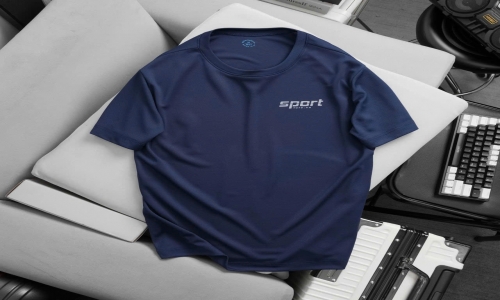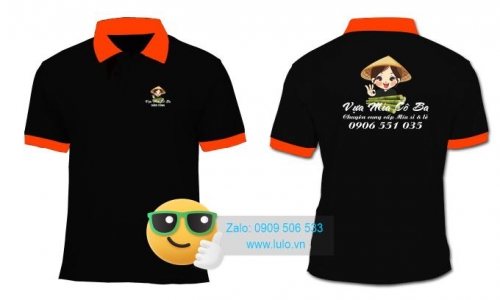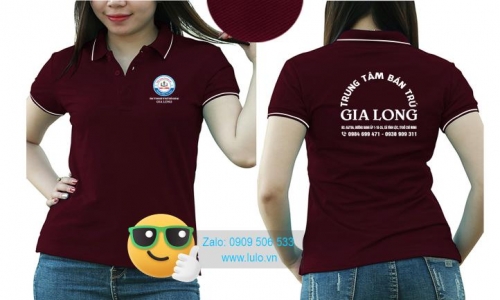Điều chia sẻ
Heat Transfer Printing: The ULTIMATE Printing Technology
Can heat transfer printing replace other printing technologies?
Many people, even industry professionals, still believe that heat transfer printing is a miraculous technology. Not true! Below are some insights you need to know to avoid "money lost, problems gained," and falling into errors you can't fix.
Only the following factors are suitable for heat transfer printing, indicating that not every fabric can be "handled" by this technology:
Fabrics made from synthetic fibers
Light colors, white is best
If you don't know this, you're ruining your print without even realizing it!
The reason for these two factors is because: Heat transfer printing is a technology where the ink embeds within the fabric fibers. Therefore, if our fabric fibers are dark, like black, we won't be able to see the ink color. Black is one of the strongest tones and no color can "overpower" it. The second reason for "synthetic fibers" is that this type of ink only "adheres" to fabrics made from synthetic fibers like PE or polyester. With 100% cotton, it will "resist" as if nothing happened. The print will look beautiful initially, but after one or two washes, the image will separate from the fabric, resulting in a blotchy, unsightly mess.
Why isn't heat transfer printing the best choice for all printing technologies?
Below are reminders to help you remember better, as this has been mentioned many times before. Let's recall the basic points together:
Heat transfer printing has outstanding advantages like high sharpness, good durability, and the ability to create rich, multi-color images. However, it also has specific limitations that users need to be aware of:
Fabrics made from synthetic fibers:
Heat transfer printing works best on polyester fabrics or those containing synthetic fiber components. For cotton or other natural fabrics, the print won't adhere well and will fade after a few washes.
Light colors, white is best:
Heat transfer printing delivers the best results on light-colored fabrics, especially white. This is because the heat transfer process requires a light fabric base to fully and accurately display the colors of the image. When printing on dark fabrics, the colors of the image will be affected and not as sharp as desired. The darker the fabric, the worse the image quality.
If you don't understand these limitations and still try to use heat transfer printing on unsuitable fabrics or incorrect colors, you might unintentionally ruin the print and reduce the product's quality. Always ensure you are using the right fabric and colors to achieve the best print quality. My suggestion is to let the experts handle it for you instead of trying to figure it out on your own. They know what to do, how, and which printing technology to use to make the print colors shine the most.
Bài viết khác



